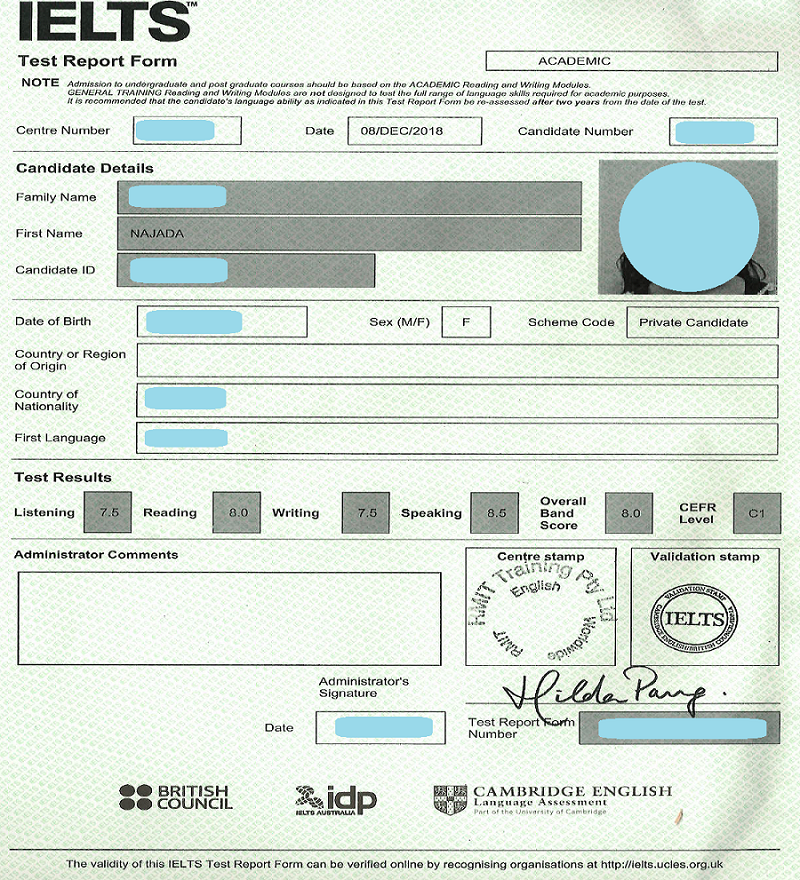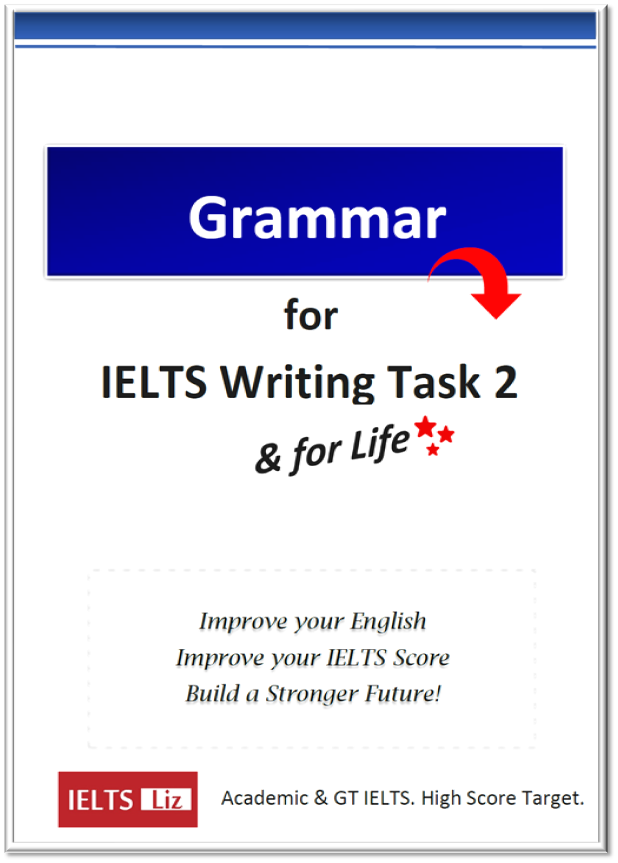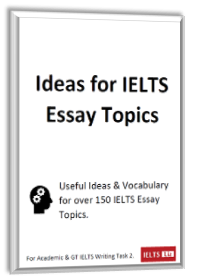Advantages and Disadvantages of the Computer Based IELTS test (CBT). Comments below come from various IELTS candidates. This known as CD IELTS (computer delivered IELTS) or CBT (computer-based test).
Is the computer based IELTS test different?
No. It is the same test but you put your answers on the computer rather than on to paper.
Is the marking the same?
Yes, it is 100% the same. It is the same test with the same marking. All that i different is that you type your answers on a screen.
Are there any differences between Computer and Paper IELTS?
Just one difference. In the listening of the paper-based recording, you have 10 mins to transfer your answers from the question paper to the answer sheet. In the computer-based test, this is not the case. You will type your answers directly into the computer and at the end of the recording you will be given only 2 mins to check your answers.
For reading, writing, and speaking, the timing is the same. Every other aspect of the test is the same regardless of whether it is on computer or paper.
Why take Computer Delivered IELTS?
The aim of offering CD IELTS is for people who are more accustomed to typing than to writing. If you prefer to type and can type at speed, this is the best way to take IELTS. If you are poor or very slow at typing, you should stick with the paper-based test. It also allows for people to take the test online at home.
Pros & Cons of Computer IELTS
- Easy to write/type your answers if you are good at typing
- Screens provided are a good size which is useful for reading
- A timer is given on the screen
- Less crowded – fewer people take it at one time (at the moment)
- Quick results (3-5 days)
- More slot availability
- You can take the test at home
- You can still make notes and highlight on the screen.
- You need to be very good at typing. If you are not a good typist, you should consider the paper based test instead.
- Screens will get locked exactly at the mentioned time (at the precise second) so you will not be able to make any last minute changes.
- However, the timer will not display seconds in the last one minute. so you don’t know when the screen will get locked precisely.
- The computer will not check your spelling or grammar. This is understandable because spelling and grammar are part of the marking.
IELTS Computer Test – General Advice (Must Read)
- Make sure you practise a CBT sample test before you try the real one so that you know how answers are put into the computer and the type of keyboard/mouse movements you need to be familiar with (drop, drag, click etc). You can find free practice questions for the computer test on the BC website and IELTS Official website and IDP. Use all of them.
- DO NOT practice for the computer test using tests from other websites, particularly for listening and reading. You’ll find the answers don’t match the answer key properly and that other aspects are also not accurate. This is why so many people say – the computer marked my answer wrong and I don’t understand – this is because you are using materials provided by another website who are not careful with putting all possible answers into their system. ALWAYS use authentic materials given directly from IELTS or practice materials created by an IELTS specialist/ teacher who you know.
- The answer keys are the same for the paper test and computer test. Don’t think that the computer test is a different test. It isn’t. It’s the same test done on a computer with only very, very, very, slight variations, such as a checking time instead of transfer time for answer. Everything else is 100% the same.
- So, use the paper tests for practice from the IELTS Cambridge test books and pay attention to the answer keys to learn about the variety of answers possible.
- If your typing isn’t good, take the PBT (paper based test). But remember, your handwriting does need to be readable so that the examiner doesn’t struggle.
IELTS Computer Listening Pros and Cons:
- Pro: You can highlight text.
- Con: Even though you are given a pen and paper, you need to type your answer directly into the computer. This means you need to be able to listen and type at the same time.
- Con: Some questions require you to type an answer others require you to drag words from one place to another and others require you to select boxes. You really need to get used to the different ways questions can be answered on the computer for IELTS listening.
- Con: Transfer time – you have only 2 mins to check answers, not 10 mins to transfer answers.
- Con: If you don’t know how to move from one section to the next, you might waste valuable time figuring it out.
- Pro: The tab key works to move from one part to another.
- Note: One candidate had an example conversation played at the start of the listening test, another did not. So be aware of this.
- Advice: Please get familiar with the Page look and feel on CBT exam for each question type. You can get a sample for each question type in IDP, BC or IELTS.org website.
IELTS Computer Reading Pros and Cons:
- Pro: The best thing with CBT is that you can have passage on left-hand side and questions on the right-hand side. It is really easy and convenient to read and answers the questions.
- Pro: You can increase the font size.
- Pro: You can highlight the text as needed. Right click and select highlight. In the PBT, you can’t use a highlighter pen and can only underline or circle using your pencil.
- You can also make notes, for example you might want to note down some synonyms relating to a word. To do this, right click and select “make notes”.
- Pro: Another advantage for the reading exam: you can copy/paste from the text using CTRL+C and CTRL+V which reduces the chances of typos.
- Con: You cannot use a search function to look for words. This is understandable to make the test fair and equal to the paper test. You are also being tested on your ability to scan for words and information.
- Advice: Get used to scrolling up and down long articles to get used to reading passages and navigating passages on a screen.
IELTS Computer Writing Pros and Cons:
- Pro: You do not need to count your words. The computer will show the word count.
- Pro: It is easier to edit your writing. You can cut, copy and paste.
- Pro: You can move paragraphs and sentences around to reposition them.
- Con: The major disadvantage with CBT is we unintentionally make typo errors. Though we know how to spell a word we make mistakes when we type. Practise your proofreading on a word doc.
- Con: There will be a lot of people typing for one hour all at the same time. This means it can be very noisy which some people find distracting.
- Con: Your typing speed needs to be adequate.
- Note: You will be given a pen and paper. You can use it to plan your essay.
IELTS Speaking Test
The speaking test is still face to face with an examiner. If you take IELTS online using your laptop, you will get a video call with an examiner on the screen. Always make sure your audios are working well and your volume is at the right level. Also make sure you have a good mic.
Comments above come from various IELTS candidates, particularly from Kumar = “Thanks, Kumar!”
If you took the CBT, can you post more pros and cons so I can add them to the list above? I would like to make this page as useful as possible. Can you think of more advantages to the CBT writing?
Thanks
Liz
.






